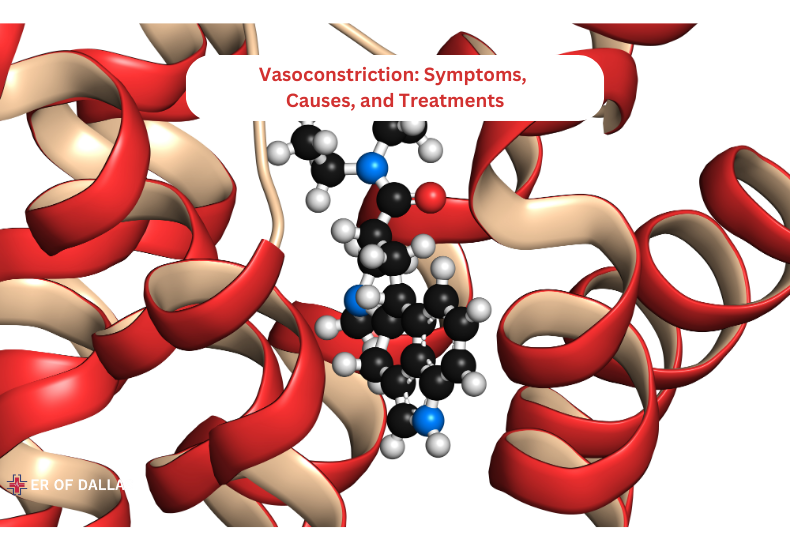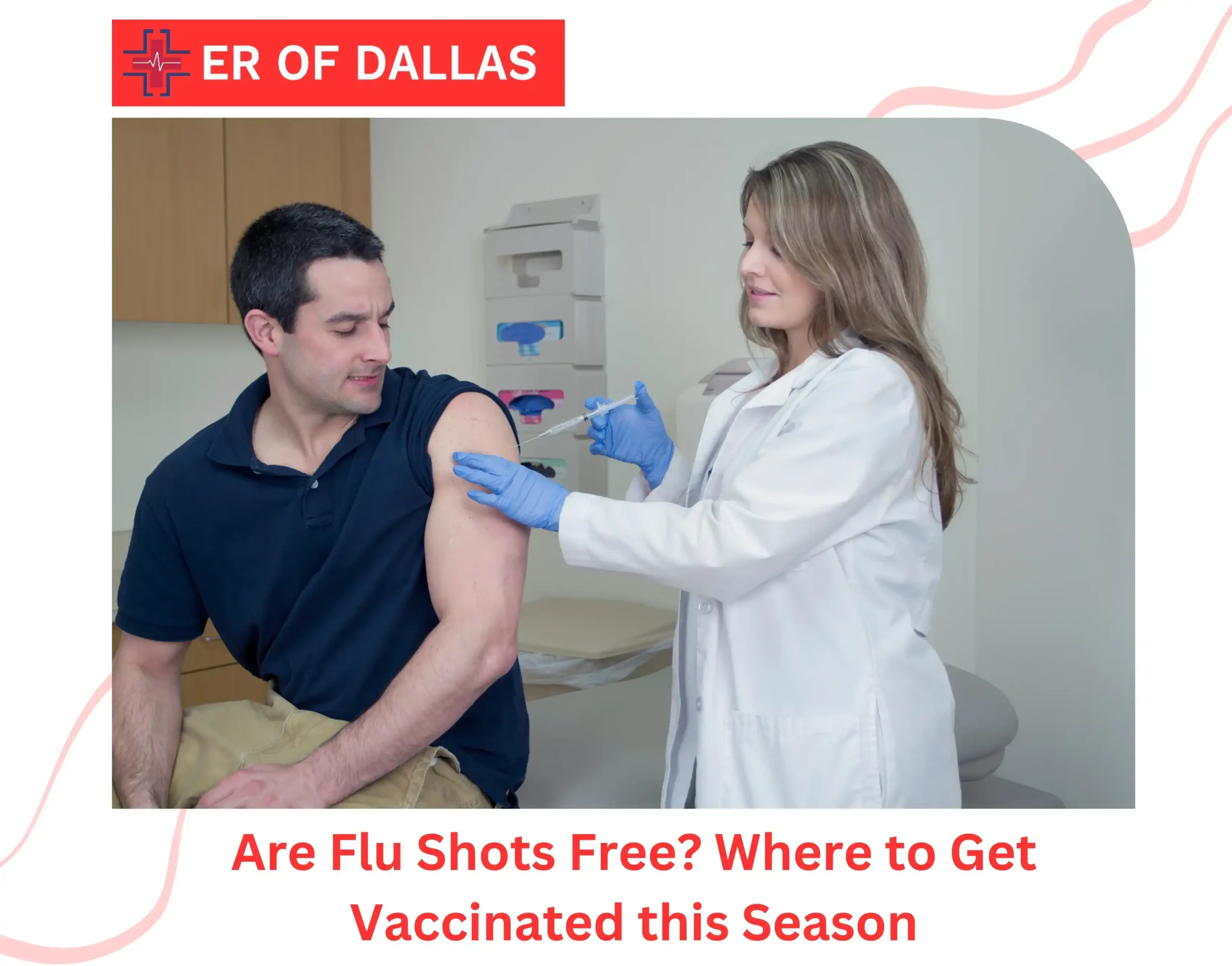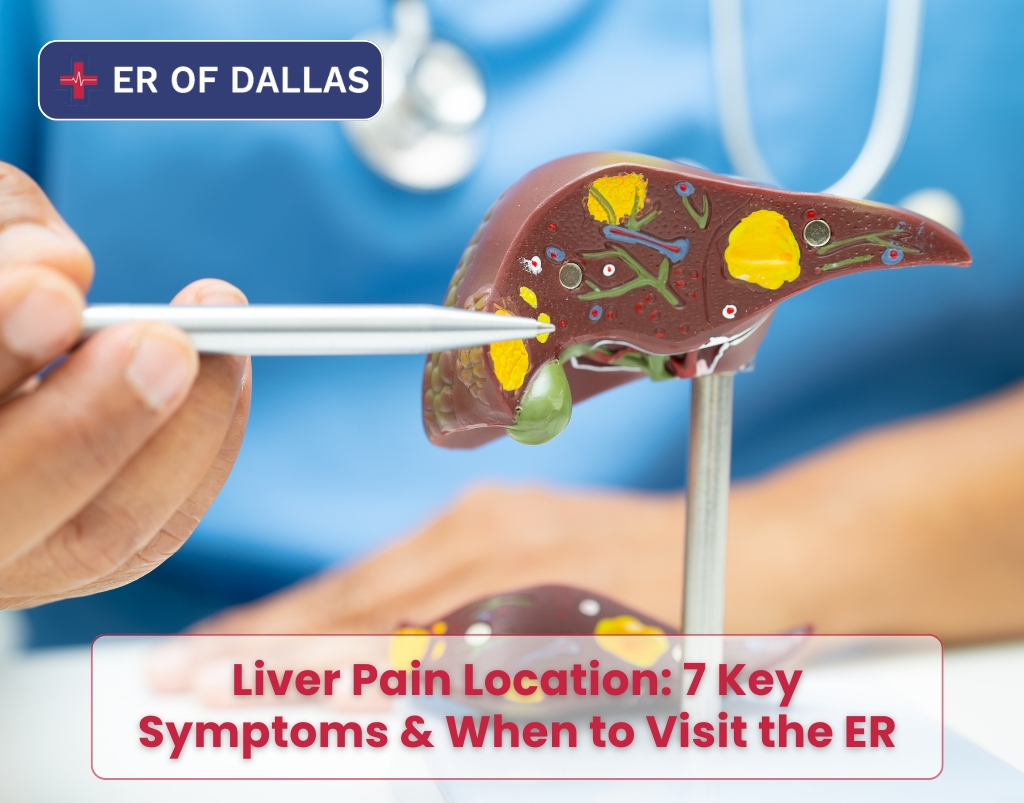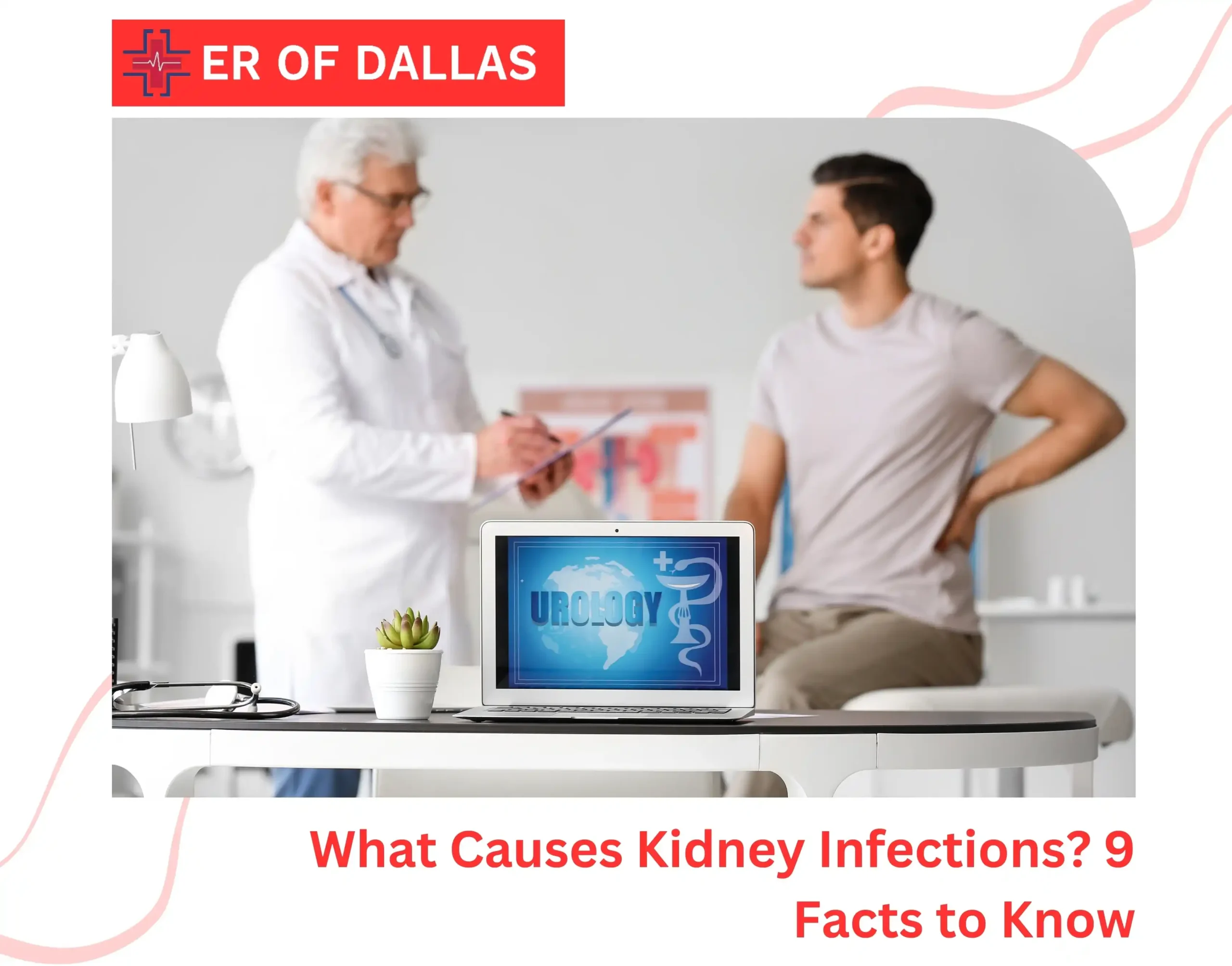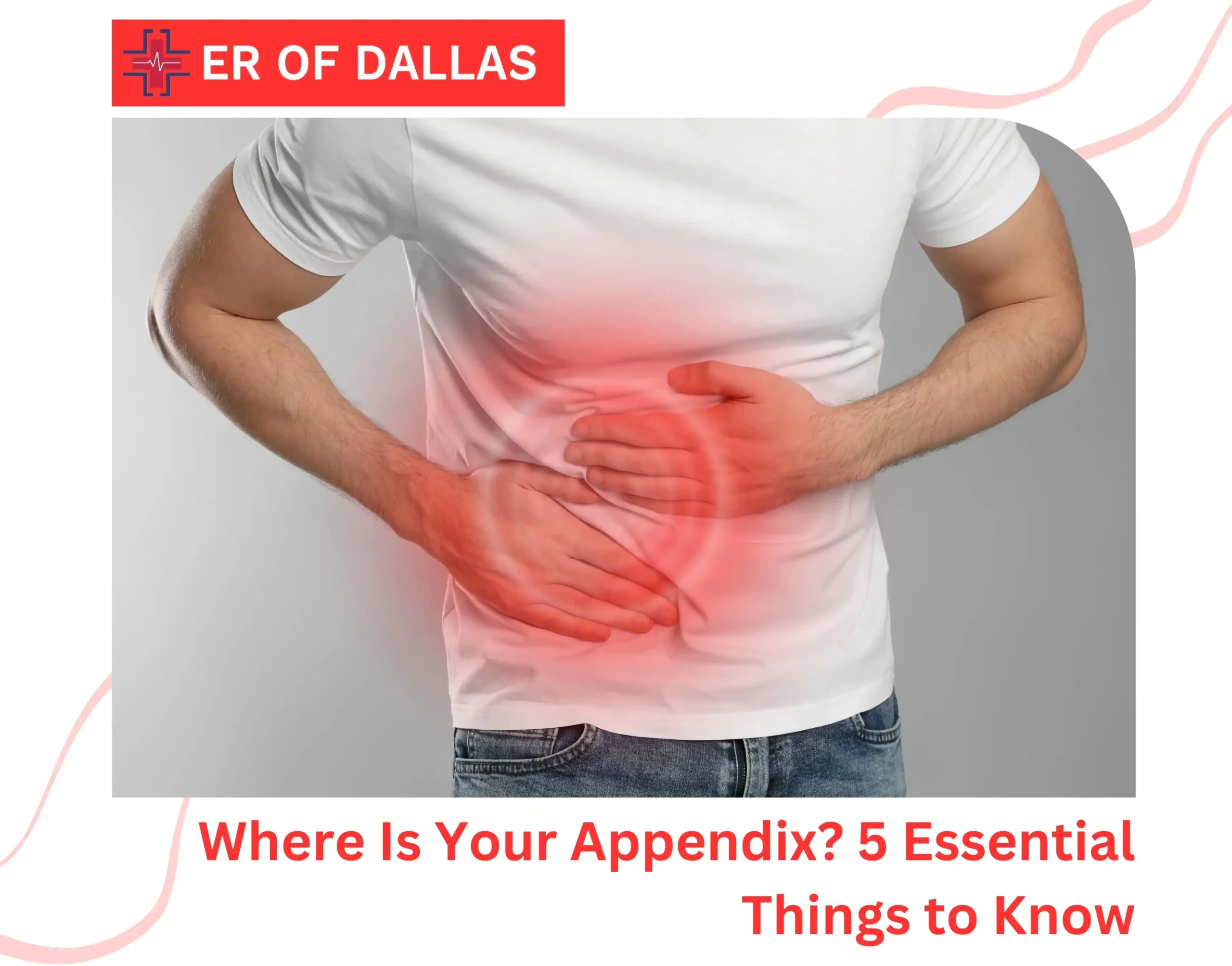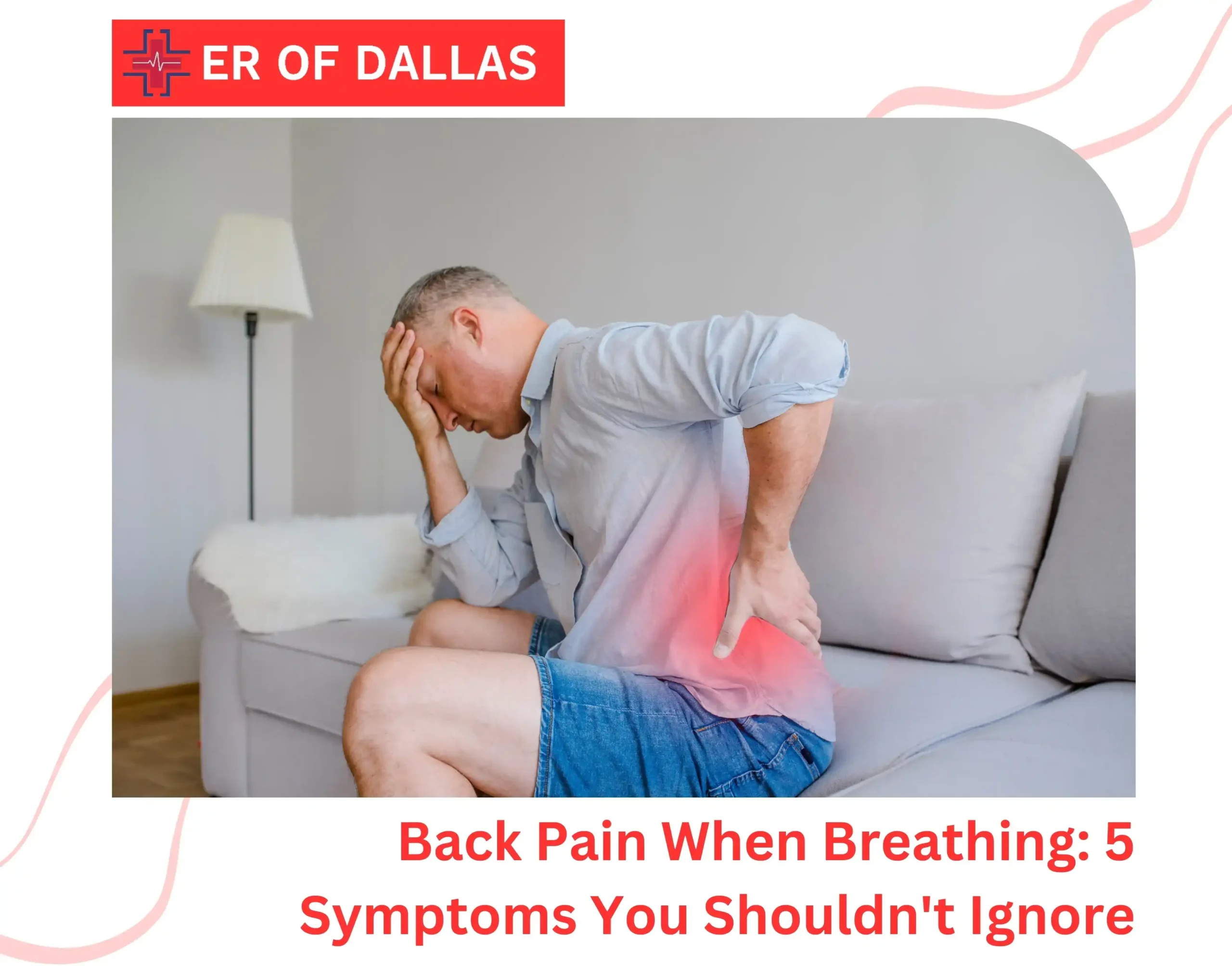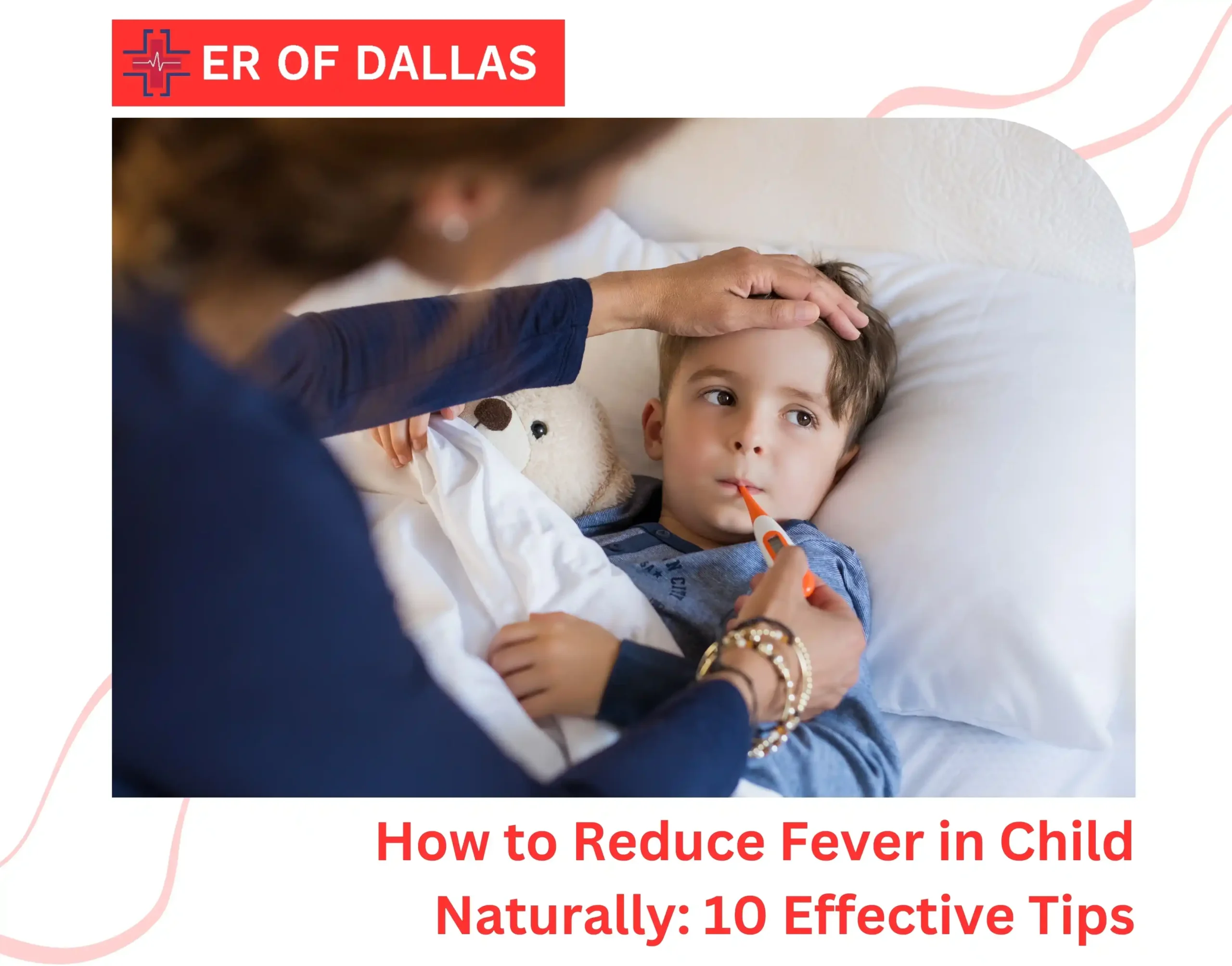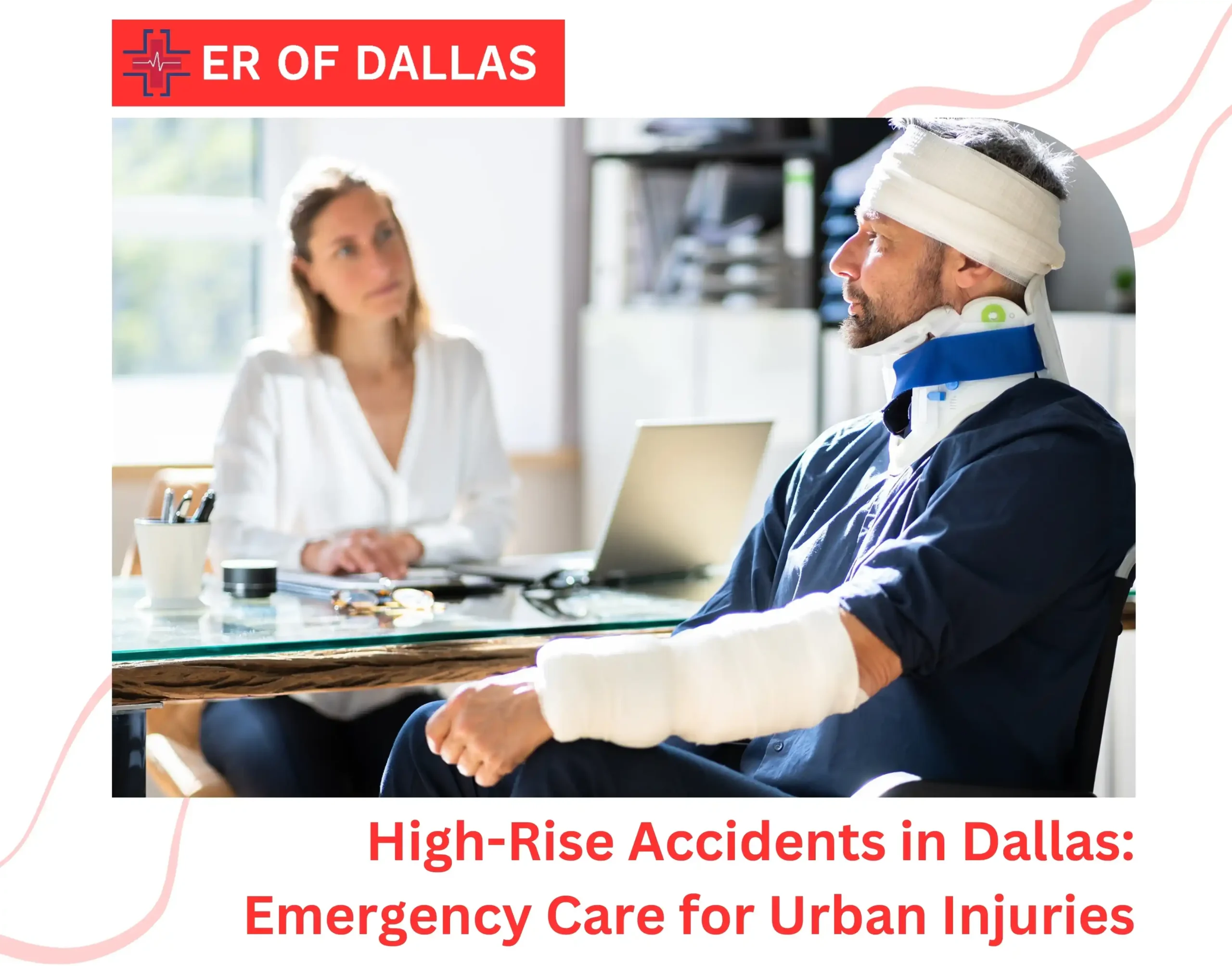Vasoconstriction – the narrowing of blood vessels – is a vital bodily process that can go awry. When it occurs excessively or inappropriately, this normal protective mechanism can lead to issues ranging from minor discomfort to serious complications.
This hidden condition can silently affect blood flow, leading to issues that range from discomfort to potentially life-threatening complications. Whether triggered by cold exposure, stress, or underlying medical conditions, vasoconstriction can impact anyone.
But what transforms this natural process into a health risk? How can you recognize when it’s more than just a temporary reaction? Understanding the signs and causes is crucial to protect your health. Let’s explore what you need to know!
What is Vasoconstriction?
Vasoconstriction is the narrowing of blood vessels, particularly small arteries and arterioles, caused by the contraction of the muscular walls of these vessels. This process reduces blood flow and increases blood pressure.
Vasospasm can occur as a natural response to cold temperatures, stress, or certain hormones (like adrenaline) to help maintain body temperature or redirect blood flow to essential organs. It can also be triggered by medications or medical conditions.
Symptoms of Vasoconstriction
The symptoms of vasoconstriction vary depending on the severity and location of the constriction. Some common signs include:
- Cold Extremities: When Vasospasm affects blood vessels in the hands and feet, it can lead to cold or numb extremities. This is because reduced blood flow decreases the delivery of oxygen and nutrients to tissues in these areas.
- Pale Skin: A reduction in blood flow can cause the skin to appear pale, especially in the limbs. This is most noticeable in the hands, feet, or face.
- High Blood Pressure: Since vasoconstriction reduces the diameter of blood vessels, the heart has to work harder to pump blood, which can raise blood pressure.
- Fatigue and Dizziness: When Vascular restriction reduces blood flow to essential organs like the brain, it can result in fatigue, dizziness, or even fainting.
- Headaches: Vasospasm in the blood vessels of the brain can trigger headaches or migraines.
These symptoms can range from mild to severe, depending on the underlying cause and whether the Vasospasm is temporary or chronic.
Vasoconstriction Causes
There are numerous factors that can cause vasoconstriction, both internal and external:
- Stress and Anxiety: Emotional stress and anxiety trigger the release of adrenaline and cortisol, hormones that promote blood vessels to constrict. This is part of the body’s “fight or flight” response.
- Cold Temperatures: Exposure to cold environments causes peripheral Vascular restriction, a survival mechanism designed to preserve body heat. Blood vessels in the extremities narrow to minimize heat loss, while blood flow is concentrated toward vital organs.
- Medications: Certain drugs can induce vasoconstriction. These include vasoconstricting medications like decongestants, which shrink blood vessels in the nasal passages, and stimulants like caffeine.
- Caffeine: Caffeine Vascular restriction is a well-known effect of consuming coffee, tea, and energy drinks. Caffeine stimulates the nervous system, leading to a temporary narrowing of blood vessels, which can increase blood pressure.
- Nicotine: Smoking also contributes to Vasospasm. Nicotine in cigarettes causes blood vessels to narrow, increasing blood pressure and reducing circulation, particularly in the extremities.
- Exercise: Vasoconstriction and exercise are closely related. During intense physical activity, blood vessels in certain parts of the body constrict to redirect blood flow to muscles that are actively working. After exercise, vasodilation occurs to help muscles recovery.
- Medical Conditions: Various medical conditions can lead to Vasospasm. For example, Raynaud’s disease causes the small arteries in the fingers and toes to constrict excessively in response to cold or stress. Other conditions, like hypertension, involve chronic vasoconstriction that contributes to persistently high blood pressure.
Vasoconstriction Treatment
The treatment for vasoconstriction depends on its cause. In many cases, addressing the underlying condition or making lifestyle changes can alleviate symptoms. Here are some common treatments:
- Lifestyle Modifications: Avoiding known triggers of vasoconstriction, such as cold environments, stress, and caffeine, can reduce symptoms. Regular exercise improves circulation and reduces the risk of chronic Vascular restriction by promoting overall cardiovascular health.
- Medications: In cases where vasoconstriction is caused by medical conditions, certain medications can help. For instance, vasodilators are drugs that relax blood vessels, improving blood flow. Calcium channel blockers and alpha-blockers are commonly prescribed to treat conditions like Raynaud’s disease and hypertension by preventing excessive vasoconstriction.
- Warming Techniques: For those who experience peripheral Vasospasm due to cold exposure, using hand warmers or wearing thermal clothing can help. Keeping the body warm prevents blood vessels in the extremities from constricting excessively.
- Stress Management: Since stress is a significant cause of Vasospasm, incorporating stress-reduction techniques like deep breathing exercises, meditation, or yoga can be effective in minimizing symptoms.
- Avoiding Vasoconstricting Substances: Cutting down on nicotine and caffeine consumption can reduce the likelihood of vasoconstriction. People who are particularly sensitive to these substances may need to eliminate them from their diet entirely.
- Treating Underlying Conditions: Managing medical conditions that cause Vasospasm is essential. For example, those with hypertension should follow a doctor-recommended treatment plan, which might include a combination of medications, dietary changes, and exercise.
Conclusion
Vasoconstriction is an essential physiological process that helps maintain homeostasis, particularly in situations such as severe blood loss or cold exposure, by redirecting blood to vital organs and reducing heat loss. It plays a key role in regulating body temperature and can even alleviate headaches and migraines by restricting blood flow.
Peripheral Vascular restriction, common in cold environments or stress, can help protect the body but also poses risks like reduced oxygen supply to tissues, potentially leading to numbness, tissue damage, or frostbite.
However, chronic vasoconstriction, whether due to environmental factors or stimulants like caffeine, can have negative health effects. Understanding the balance between the benefits and risks of vasoconstriction is essential for maintaining healthy blood flow and preventing potential complications.
At ER of Dallas, we are committed to providing exceptional emergency care to our community. Our highly trained medical staff is available 24/7, ensuring that you receive the best care whenever you need it most.
FAQs
Is vasoconstriction curable?
Vasoconstriction isn’t typically “curable,” but its underlying causes and symptoms can often be managed. Treatment focuses on addressing the root issues and alleviating symptoms.
Is vasoconstriction life threatening?
Vascular restriction can be life-threatening if it severely restricts blood flow to vital organs or tissues. However, most cases are manageable with proper treatment.
What foods cause vasoconstriction?
Foods and beverages high in caffeine, such as coffee and energy drinks, and those containing nicotine or excessive salt can cause vasoconstriction.

